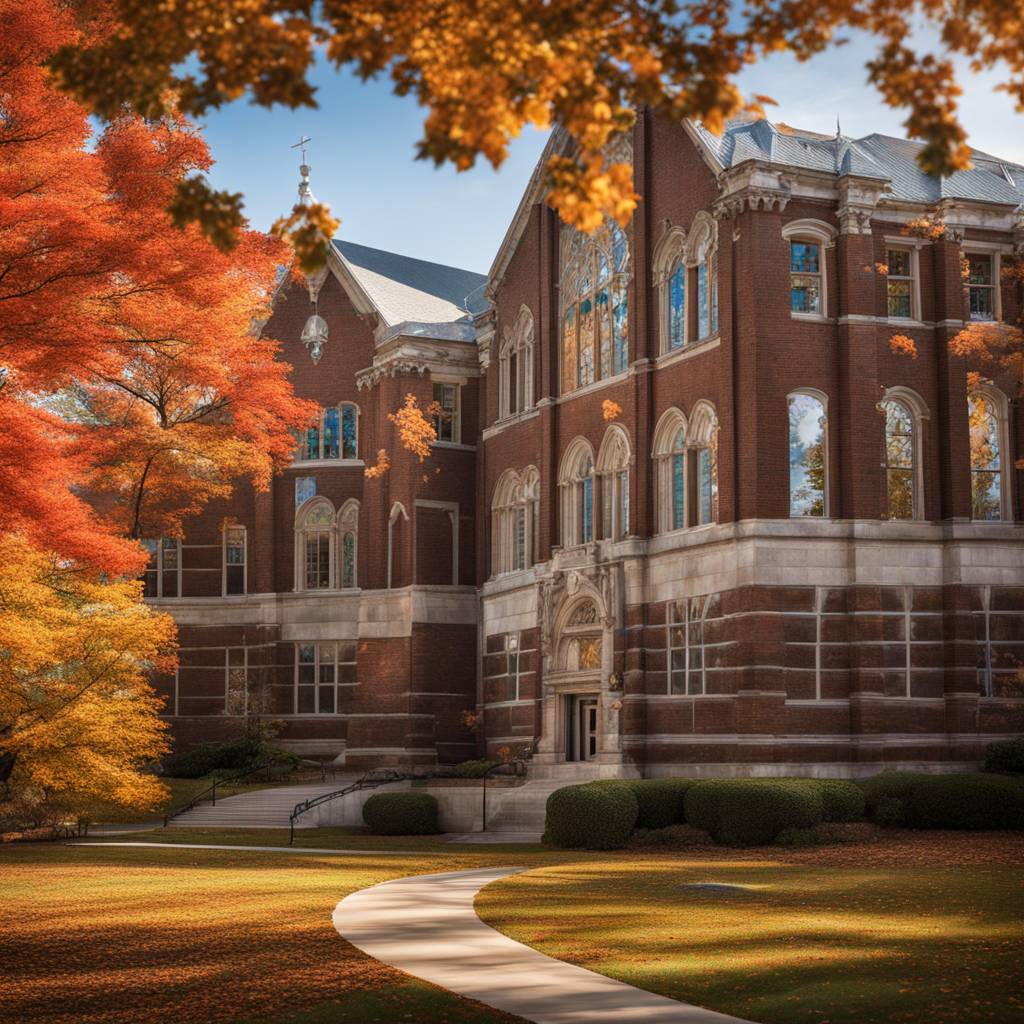Many graduating high school students across the United States are facing high college costs, with some schools exceeding $90,000 for tuition, board, meals, and other expenses. However, many colleges with large endowments have generous financial aid programs that make attending more affordable for lower-income families. For example, at Wellesley College, where costs for wealthy students will be $92,000, nearly 60% of students receive financial aid, reducing their costs substantially.
Despite the high sticker prices, many students are facing delays and anxiety in finding out how much aid they will be offered due to issues with a new U.S. Department of Education online form. This has caused chaos and delays, with stricter requirements for proof of identity causing some eligible but undocumented parents to deter from applying. If the drop in aid applications continues, it could lead to lower enrollments and possibly force some institutions to close.
Research has shown that the amount lower-income students pay at elite institutions has been declining over the past six years. However, there is concern that the sticker shock of high prices may deter some students from applying to schools like Wellesley. It is important for students to base their education decisions on the actual costs they will pay, rather than the perceived cost, which often receives the most attention.
Some of the colleges with sticker prices exceeding $90,000 this year include the University of Southern California at $95,000, Harvey Mudd College at $93,000, the University of Pennsylvania at $92,000, Brown University at $92,000, Dartmouth College at $91,000, and Boston University at $90,000. Harvard University, with an endowment of over $50 billion, boasts generous student aid programs, with an average parent contribution of just $13,000 and almost a quarter of families paying nothing at all.
The College Board estimates average advertised costs for private nonprofit colleges last year were $60,000, compared to about $29,000 for students at public in-state institutions and $47,000 at public out-of-state institutions. The average unmet need for students at four-year colleges is approximately $10,000 per year, forcing families to borrow or come up with additional money to cover college costs.
Financial aid expert Mark Kantrowitz believes college is a good investment as long as students borrow in moderation and complete their studies. Dropping out of college with debt but no degree can hinder a graduate’s ability to repay loans. While college costs are rising, generous aid programs at elite institutions are helping to make higher education more accessible to students of all income levels.








